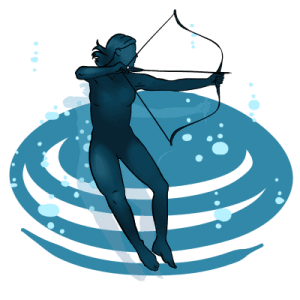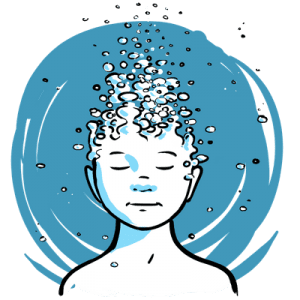
March is dominated by St Patrick’s Day – either preparing for it, or recovering from it! And if you’ve had a particularly lively St Patrick’s Weekend, the floatation tank may be exactly what the doctor ordered.
But whenever I think of St Patrick’s Day, I am brought back to my childhood. We were taught in school that our patron saint drove the snakes out of Ireland. All I could think back then was that cars had not been invented, so how did he manage that?
Now I understand, but I am still fascinated by the whole snake thing. I mean, a snake is essentially just a spine (a very long spine with way too many vertebrae) with a mouth and eyes at one end. So how would a snake react to a floatation tank?
We may never know, but we do know the effects of floating on our spines. Like snakes, this is something that has long fascinated me. In my teens a cousin went for the guards, and was borderline on the height requirement. His doctor told him to go to bed for three days, then go straight to the interview. The three days of bed rest would give him the extra inch he needed.
Will an hour in a floatation tank do that? Let’s look at the facts.
Our back health is a key measure of our quality of life. A stiff spine means the joints that come from the spine – particularly the hips – end up with limited range of movement. If you are stiff, everyday movements like climbing a stairs become a challenge.
But if the spine is out of alignment, then nerves such as the sciatic can become trapped or pinched. This can lead to excruciating pain that can manifest anywhere from the small of the back to the tip of the toe.
If the misalignment is higher up, you can end up with neck, shoulder, or arm pain, and it can also cause severe headaches.
The tank can help.
Firstly, a float session reduces pressure on the spine. When floating the buoyancy of the mineral water eases strain on the back, which can help to alleviate pain or discomfort. Then there is the improved spinal alignment. When the tiny muscles that surround the spine begin to relax, kinks can iron themselves out. Over time spinal alignment can improve. With the body in balance, back pain tends to reduce.
But there is a more subtle effect. An hour of floatation reduces stress and tension. One of the reasons is that the salts in the water are absorbed into the skin. It is known that the magnesium the body takes in during even fifteen minutes in the tank will boost serotonin levels in the brain for up to a day. By reducing stress and tension through floatation therapy, the spine may be able to relax and recover more effectively.
Then there is the warmth of the tank itself. Often when we have a backache we apply a hot water bottle, and it generally helps. With a float, your body gets the benefit of a warm bath for a full hour. This improves the circulation, and vital blood gets to those inaccessible regions of the spine and surrounding tissues. It has the same effect as a gentle massage.
Therapists recognise that floatation tanks can potentially help alleviate some of the symptoms of sciatica. Those who have not had sciatica cannot comprehend just how debilitating the condition can be.
The sciatic nerve runs from the lower back down the leg to the toe. Like all nerves it sends signals to the muscles to move, but it also brings back signals from those muscles via the spinal cord to the brain. It’s a great system when it works.
But occasionally there is a problem. If the spinal vertebrae slips slightly out of alignment, or the disc of jelly-like cartilage between the vertebrae bulges (a condition known as a slipped disc, though the vertebrae does not actually pop out), then the sciatic nerve can become trapped or pinched in the small of the back.
Once this happens the nerve begins firing pain signals back to the brain. But the system is not perfect. The brain doesn’t know where the signal is coming from, just that it is coming from the sciatic nerve. So you could feel tingling, numbness, or extreme pain anywhere from the back to the hip, to the back of the thigh, the knee, or the toe, even though the actual problem is localised in the small of the back.
A float session reduces pressure on the sciatic nerve, and the warm mineral rich water also helps. The improved circulation caused by the heat in the tank can help reduce inflammation and promote healing in the areas surrounding the sciatic nerve.
The relaxation and stress relief will also benefit sufferers.
Of course, floatation alone may not be enough. Anyone with sciatica should see their doctor, and pursue a program of physical therapy and exercise at the very least. But it will certainly help manage the condition.
Finally, the big question. Will the floatation tank make you taller? Sadly there is no evidence at all for this. Sure, three days in the tank will relax the spine and you will be a centimetre or two taller for a very short time – hours at the most. But a standard hour in the tank will leave you the exact same as when you went in, just happier and more relaxed. And isn’t that good enough?
Author Bio:
Dean Carson is a Cork writer specialising in true crime, and in action thrillers. His Family Feud was a bestseller, and the most shoplifted book in Ireland. He latest thriller series comes out in October. He also works as a comedian and entertainer.












